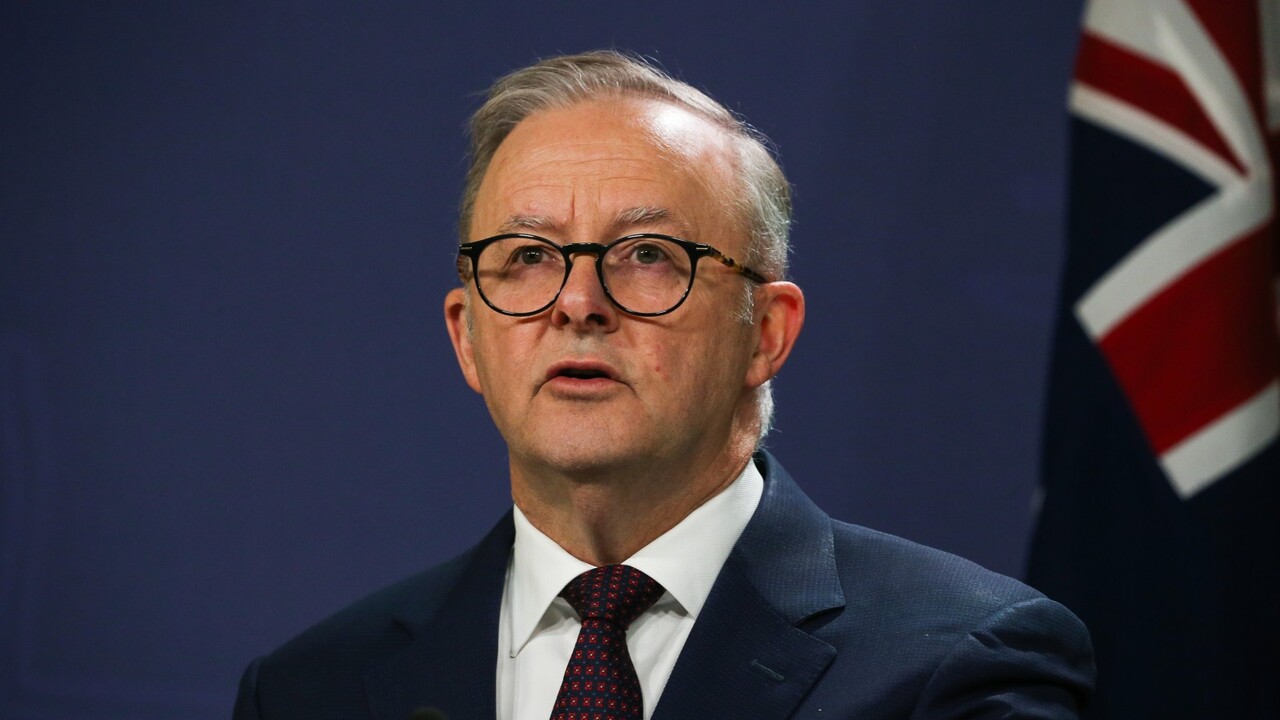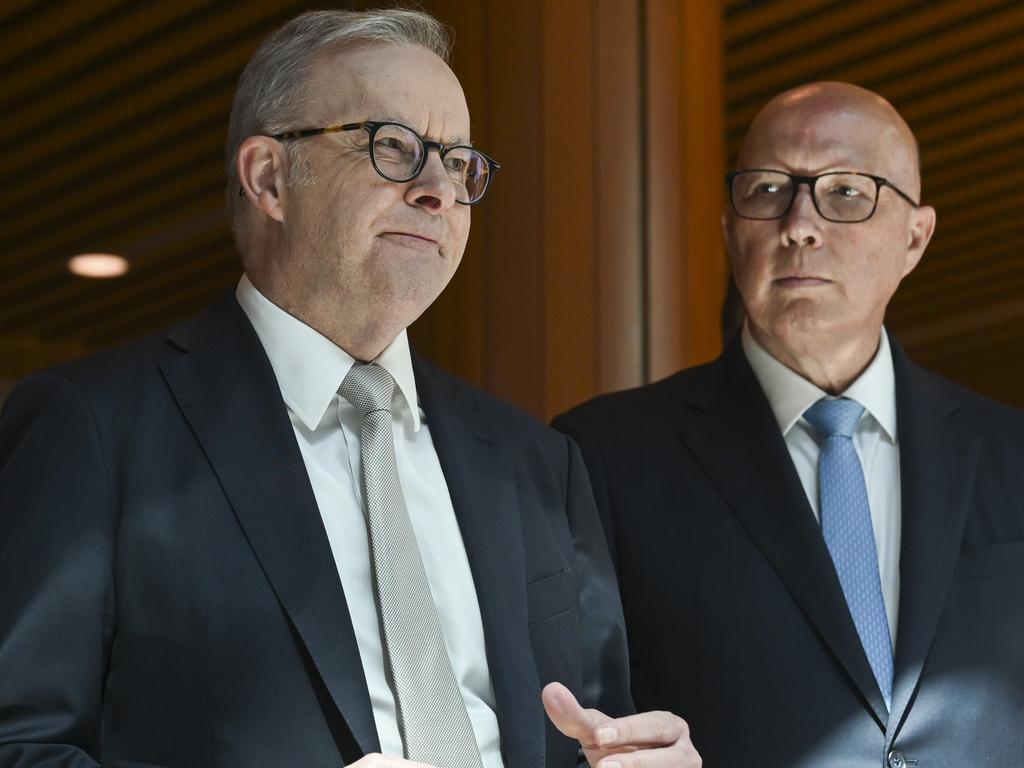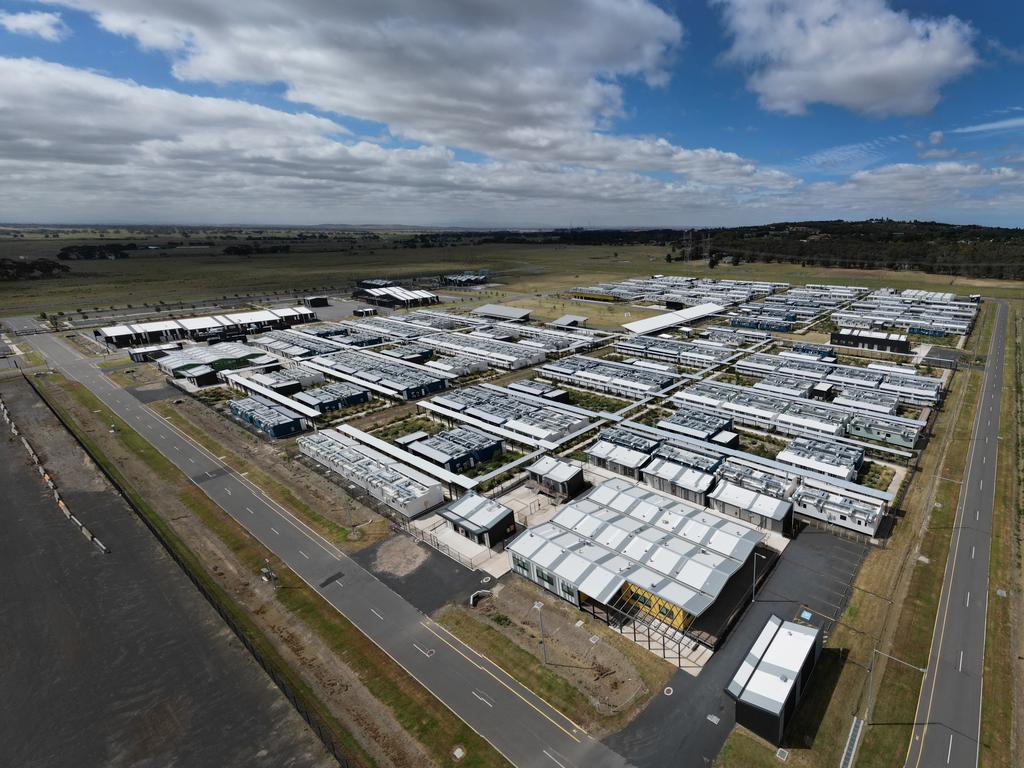
Not that the importance of the cost of living has really receded in that time frame. Arguably, it was a major factor in the recent US election result, particularly surging grocery prices.
Here’s a key thing to remember: just because the rate of inflation drops from its recorded high doesn’t mean that prices return to their previous levels. That’s the difference between inflation and the price level. It’s one reason that inflation is toxic for incumbent governments.
One of the clear factors driving up inflation in the US was Biden’s American Rescue Plan followed by the ironically named Inflation Reduction Act. The net effect of this massive rise in public spending quickly showed up in the inflation figures.
It’s no different here: rising public spending by both the federal and state governments contributed to the higher cost of living as well as the slow decline in the inflation rate. The committee’s report recommends that “national cabinet address excessive public expenditure by all levels of government”. (Needless to say, these were not the words of the Labor senators who offered a dissenting report.)

I’m not convinced that resurrecting the national cabinet is a good idea, but focusing on excessive spending is essential. There is no doubt that Labor took the wrong fork in the road when it came to office in 2022.
It had supported the high Covid-related spending of the Coalition, arguing at times for higher payments and/or an extension of those payments. In the context of the supply constraints that existed at the time, this was always going to trigger an inflationary response.
Instead of seeking to wind back spending as quickly as possible – the rate of unemployment was under 4 per cent in May 2022 – the newly installed Labor government continued to engage in a spend-a-thon, the fiscal damage of which was papered over by high commodity prices and surging income tax revenue because of bracket creep.
Federal government spending jumped from 25.4 per cent of GDP last financial year to 26.4 per cent this year – or around $55bn in extra spending. The states have also been part of their own spend-a-thons.
Rather than protecting people from the ravages of higher living costs with specific handouts, the net effect has been to keep inflation higher than it need be and to prolong the fall to an acceptable level. The Reserve Bank was never going to be fooled by the ruse of manipulating the headline CPI figure – its focus is on the trimmed mean that discounts irregular or temporary factors.
Our appalling recent productivity record is one reason our inflation rate remains unacceptably high. The capacity of the economy has simply not expanded to meet demand, much of which is related to government spending.
The most recent National Accounts showed that labour productivity had fallen to its 2016 level, in large part because of the expansion of the non-market sector. And while productivity growth is subdued in many countries – although not in the US where it is going like the clappers – Australia has one of the worst records on productivity.
Most of the report reads like a draft of the Coalition’s election platform, but it is clearly sensible to reduce the regulatory burden on businesses, particularly small-and medium-sized ones. It all sounds quite timid relative to what is about to happen in the US led by Donald Trump, but a national deregulation agenda would be a start.
Unsurprisingly, there is specific mention of the new industrial relations regulations, which are driving up costs as well crushing productivity. This includes the recommendation to reinstate the Australian Building and Construction Commission. Something has to be done about the out-of-control costs of construction as well as the dismal productivity in the sector.
Would we expect anything to come from this report anytime soon? Absolutely not, as Labor remains committed to its big spending agenda and there is now growing acceptance that there won’t be a cut to interest rates before the next election. But the government may be about to fully appreciate just how unpopular the rising cost of living is, right across the board.







Think a couple of seasons of The Sopranos and that’s the time between the Senate select committee on the cost of living being established – at the end September 2022 – and the delivery of the final report. Several deadlines were missed and most of those 1000-odd parties who took the time to make submissions will have forgotten about the committee’s very existence.